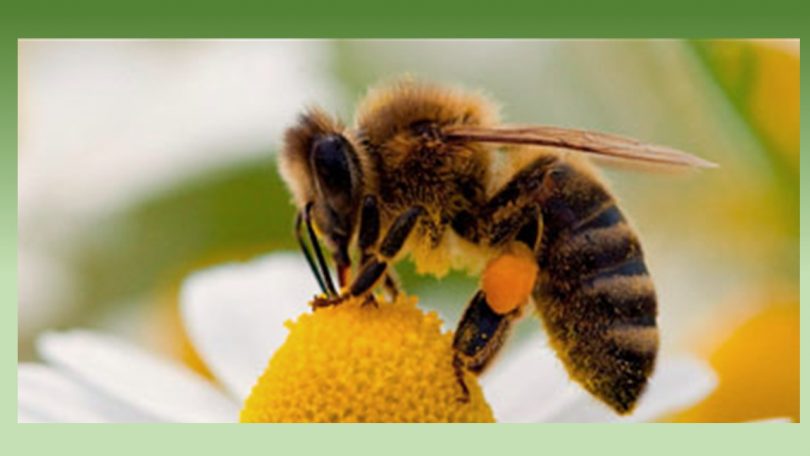There are several means by which flowers attract bees, such as shape, scent, color, and even ultraviolet-reflective patterns. Back in 2013, researchers determined that while bumblebees develop a positive charge, flowers tend to develop a negative charge and communicate using electricity!
Different species of flowers produce different patterns of negative charges. Using some pretty clever experimental techniques, the researchers showed that bumblebees use those patterns of negative charges to help them identify the best sources of nectar and pollen.1
Most of those same researchers now report that they have identified how the bumblebees detect the electrical charges displayed by flowers by using the hairs (called filiform hairs) that cover the bees bodies. While these hairs detect motion and sound, the hairs also respond to electric fields which allows the bees to “read” the best flowers in the field to visit for nectar. 2
- Dominic Clarke, Heather Whitney, Gregory Sutton, and Daniel Robert, “Detection and Learning of Floral Electric Fields by Bumblebees,” Science 340:66-69, 2013
Return to Text - Gregory P. Sutton, Dominic Clarke, Erica L. Morley, and Daniel Robert, “Mechanosensory hairs in bumblebees (Bombus terrestris) detect weak electric fields,” Proceedings of the National Academy of Sciences of the United States of America 2016, doi:10.1073/pnas.1601624113


